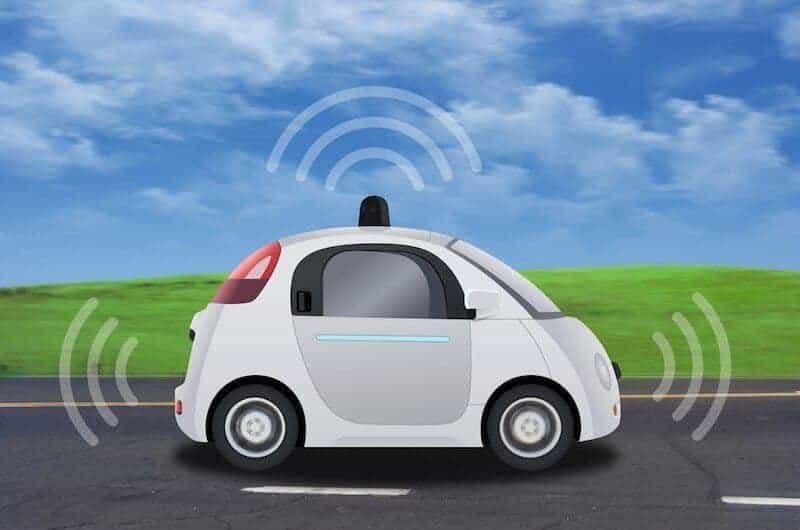Google’s self-driving cars are one step closer to the mainstream as the company files a patent for a proprietary system to detect school buses. However, a little digging through patent records has revealed an application from September 2015 that seems to show the company has its sights set much wider than simply passenger cars. Self-driving technology could soon be making its way into other modes of transportation, including trains, airplanes, and custom golf cars.
Potential Applications Revealed
According to U.S. Patent Application, 20160082953 filed on September 24, 2015, and made available to the U.S. Patent Office on March 24, 2016, Google’s sensors for autonomous vehicles could be applied to several other types of vehicles. Even other equipment, such as those used for farming or construction, helicopters, resort vehicles and golf carts. In addition to these, Google’s patent application noted that “other vehicles are possible as well.”
Google Risk Assessment
While the revelation of the potential for Google’s technology is very impressive, the document also provides some insight as to how the system makes judgments and determines which actions to take. The onboard computer must use the information obtained from the sensors and run each potential action through a risk assessment. According to the application, the scenarios that must be avoided at all costs include the following:
- Colliding with a police car, ambulance or other emergency-response vehicle
- Colliding with other vehicles
- Striking a pedestrian
Each of these situations is assessed by the magnitude of risk it presents. For instance, striking an emergency vehicle may be considered to pose a greater risk than striking a private automobile. However, the application also reveals that the benefits of each potential action are also assessed and weighed against the risks. The computer then tallies the total to come up with a risk-vs.-benefit score before deciding what to do.
Google specifically states that the vehicle will “evaluate information-improvement expectations and risk cost in the expected vehicle state corresponding to each possible active-sensing action by subtracting the respective risk cost from the respective information-improvement expectation.”
Risk-Assessment Scenario
Google included a scenario in the patent application to illustrate how the self-driving car’s computer makes decisions determined by the severity of the consequences and other ethical considerations. The example has the car at a stop with a large truck in front of it blocking the view of the traffic signal at the next intersection. At this point, the car must determine whether it can and should move to where the signal can be seen. The computer quickly runs down a list of possible actions and assigns it a risk-magnitude score.
In this case, hitting the truck as a result of the move would have a score of 5,000, but a rear-end collision with the vehicle behind the car is twice as likely to cause serious injuries, so backing up would have a score of 10,000. However, getting hit by an oncoming vehicle is twice as bad as a rear-end collision, so moving into the oncoming lane would have a score of 20,000.
The highest risk-magnitude score the self-driving car assesses in this scenario is 100,000, which is the risk of hitting a pedestrian who runs into the street. This situation is considered five times worse because a pedestrian is in no way protected in the event of a collision.
Directive Against Upsetting Human Drivers
The California Department of Motor Vehicles (DMV) has long opposed the idea of fully automated vehicles, but Google is pushing back because the company does not plan to put steering wheels, accelerators or brake pedals in its self-driving cars. However, to appease the DMV and the car’s image, the programmers included a directive against upsetting human drivers and pedestrians.
Although accidents and crashes are of primary concern, taking actions that could be perceived as negative in some way are included in the programming as something to be avoided. The car will even consider how the action is likely to be viewed by its passengers. If it car believes the passengers would take offense at or become alarmed by a particular move, then it should not be taken, especially if the benefits are subtle or insubstantial.
A few examples of this feature included in the application are repeatedly switching from one lane to another, accelerating too quickly and coming to a sudden stop.
Sensor Provide Wide Array of Information
In addition to the computer as the brain of the car, Google’s self-driving vehicles require an assortment of sensors to gather the information that is to be analyzed. No matter whether it is planes, boats or custom golf cars, the technology required to make them safe and functional includes the following:
- Rooftop laser rangefinders
- Front and rear cameras
- Front and rear radar
- Precise global positioning system (GPS)
- Ultrasonic sensors on the wheels
- Positioning technology, such as altimeters, tachymeters and gyroscopes
Self-driving cars are still a couple of years from being introduced to the consumer market, but once they are released, custom golf cars and other autonomous vehicles are sure to follow.
